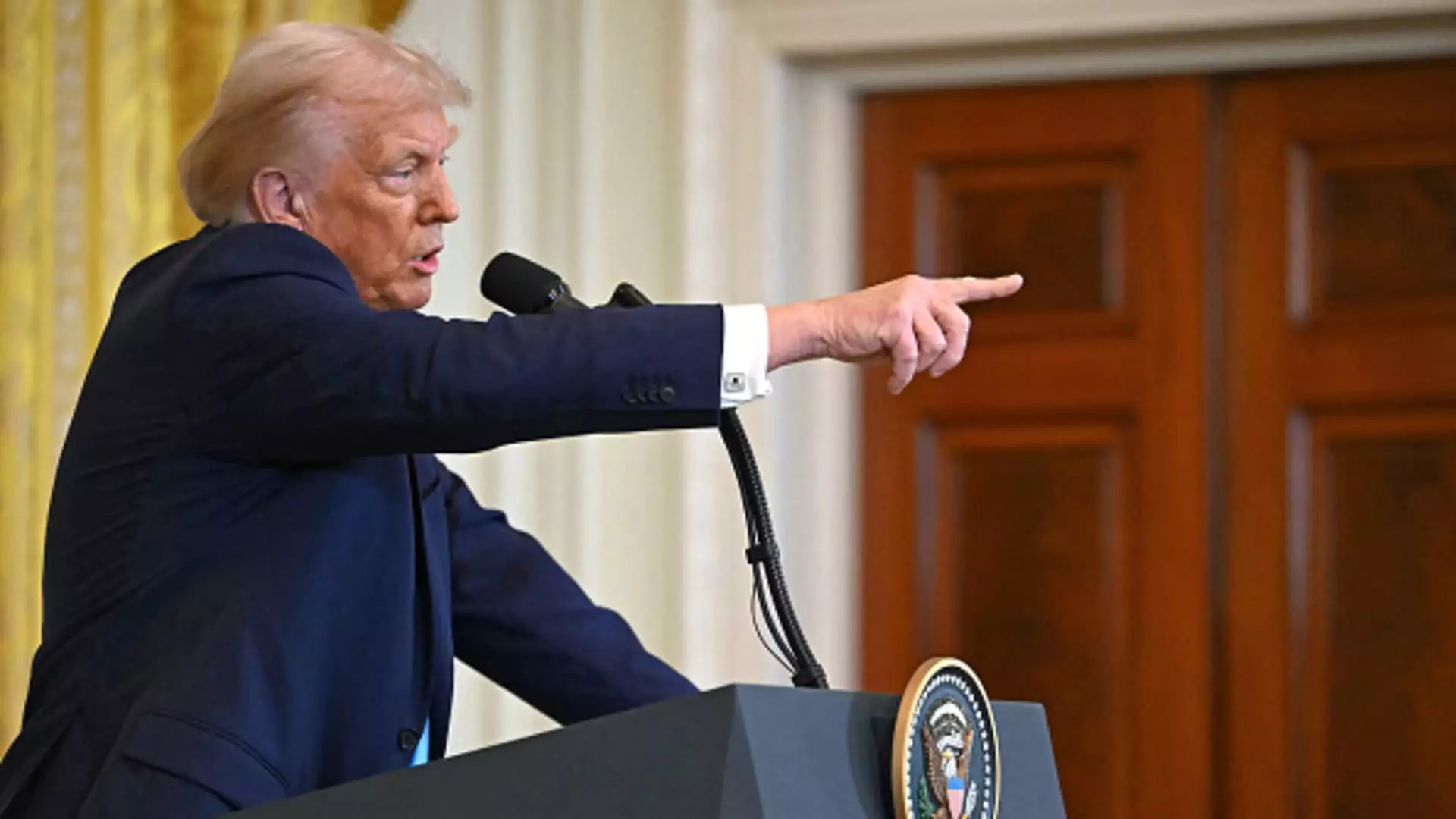The carried interest loophole stands as a contentious issue within the realm of tax policy, particularly as President Donald Trump and Republican lawmakers engage in discussions to reshape the American tax landscape. This loophole allows private equity, venture capital, and hedge fund managers to benefit from preferential tax treatment on certain types of income. Specifically, a portion of their earnings known as “carried interest” is taxed at the long-term capital gains rate, which is notably lower than the ordinary income tax rate that most Americans face. Critics, including tax experts, argue for a reevaluation of this income classification to ensure fairness in the tax system.
Income Tax Disparities: The Case for Change
Currently, while top earners pay a capital gains tax rate of 20%, in addition to a 3.8% net investment income tax, the highest marginal income tax rate for wages can reach 37%. This disparity is significant and highlights why the carried interest exemption has drawn scrutiny—advocates for tax reform suggest this classification allows affluent fund managers to disproportionately benefit while ordinary workers shoulder a heavier tax burden. As Garrett Watson from the Tax Foundation points out, this issue transcends partisan lines, with bipartisan efforts consistently aiming to address what many consider an unfair advantage.
Despite calls for reform, industry lobbyists actively resist any changes to the existing structure. The American Investment Council, a lobbying group that champions private equity interests, asserts that maintaining the carried interest loophole is vital for fostering economic growth and job creation in local communities. Such pushback reveals the complex dynamics at play, as those in favor of reform encounter significant obstacles in enacting change.
During his earlier tenure, Trump vowed to address the carried interest loophole, yet his administration’s tangible actions were limited. The Tax Cuts and Jobs Act of 2017 introduced minimal adjustments, lengthening the required holding period for long-term capital gains to three years, but left the fundamental structure of the loophole intact. Speculation around further reforms even showed promise when an extension to five years was proposed during discussions surrounding the Inflation Reduction Act in 2022. However, this too was met with fierce resistance and ultimately fell off the legislative agenda.
The Trump administration’s current proposals regarding the carried interest loophole are more than just an accounting maneuver; they reflect broader discussions about federal spending priorities and the search for revenue streams to offset tax cuts. However, even if the loophole were eliminated, experts caution that the financial yield would be negligible in the grand scheme of federal revenue. Watson aptly describes the potential impact: abolishing the carried interest tax break would be a “drop in the bucket” compared to the sprawling financial needs facing Congress, which amount to trillions for extending expiring tax breaks and addressing additional economic objectives.
The debate surrounding the carried interest loophole underscores a significant challenge in tax reform: balancing economic growth initiatives with the need for a fair taxation system. While momentum exists to reevaluate this aspect of tax policy, the entrenched interests of the financial sector pose a formidable barrier to meaningful change. As discussions continue in Washington, the need for innovative solutions that equitably address the concerns of both taxpayers and economic stakeholders remains critical.

